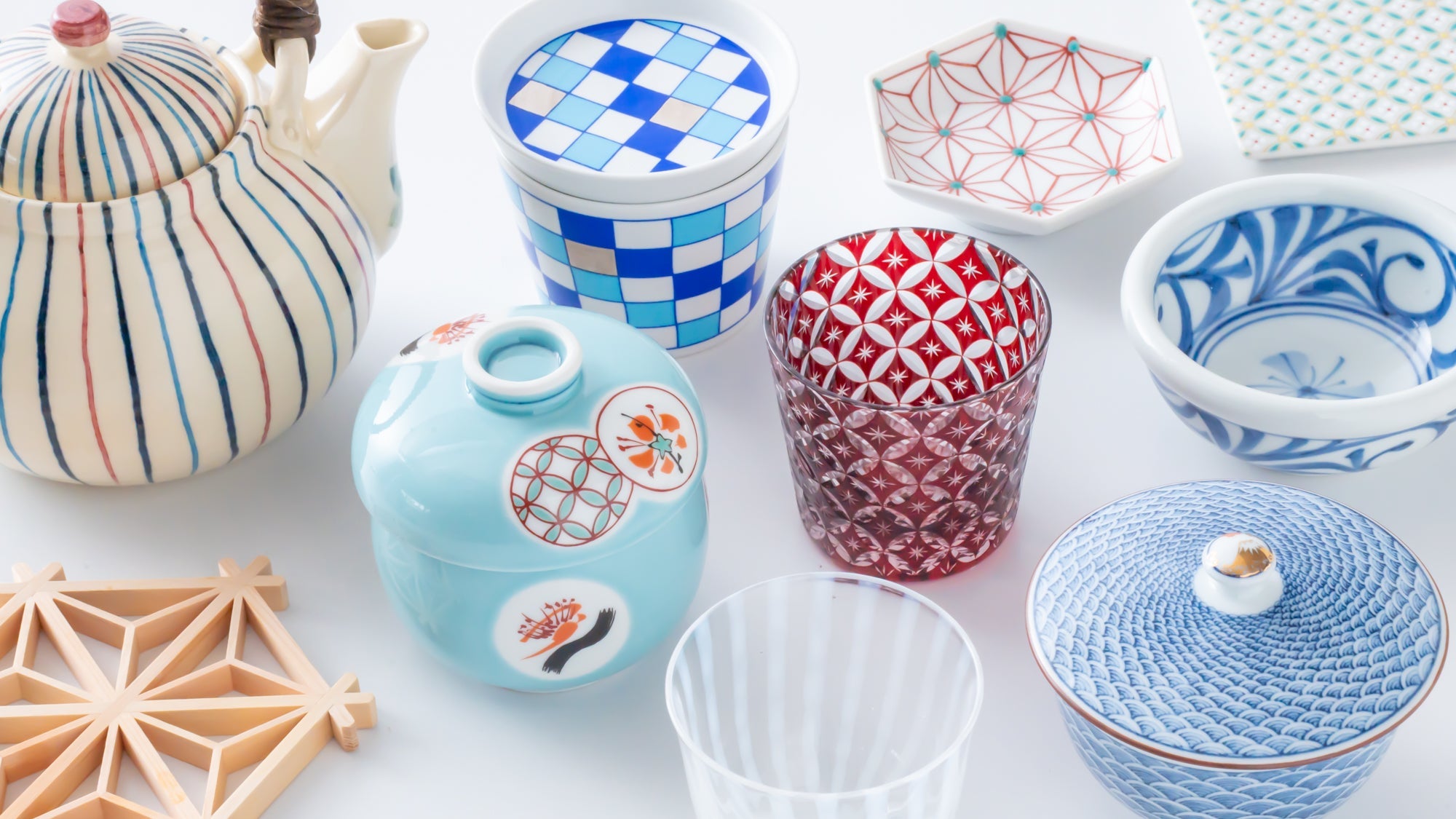
7 Lucky Japanese Patterns
Written by Team MUSUBI
Traditional Japanese patterns have long been used to decorate kimonos, ceramics, tableware, and more. Each has a long history and a unique auspicious meaning. Their joyous and lucky symbolism makes items with these patterns perfect as gifts, great for celebrating special moments, or just a fun way to bring joy to the everyday.
Some traditional patterns, like Japanese waves, are well-known and instantly recognizable, while others may be less familiar. Regardless, their designs, whether minimalist or extravagant, never go out of style.
With that in mind, this blog explores seven lucky Japanese patterns. We hope this opens a path to the stories and cultural significance embedded in Japanese craft traditions.
tables of contents
Seigaiha: Ocean Waves for Peace & Tranquility
The concentric circles of the seigaiha pattern, literally meaning “blue sea waves,” evoke the eternal waves of the ocean. Symbolising unbroken peace and tranquility, this geometric pattern is widely used in Japanese crafts and design, both traditional and modern.
Variations of seigaiha include yabure seigaiha, which intersperses the wave pattern with blank or solid-color space, hana seigaiha, which replaces some of the internal semicircles with flowers, and same seigaiha, which uses dotted lines to represent the waves.
Try seigaiha in your decor or on your table for a cool, refreshing feeling—especially great for the summer months or as a present for a loved one with a summer birthday.
Tokusa: Horsetail for Prosperity
This minimalistic pattern of lines gets its name from the plant tokusa, or horsetail—which grows as long, straight, vertical stems. Horsetail itself is a useful plant in Japanese crafts as it is ideal for sanding and polishing. Gold polished with tokusa shines brightly, lending the tokusa pattern its symbolism of prosperity and wealth.
The geometric lines of tokusa make it easy to match with other tableware and decor. If your table is feeling a little bland, these dynamic lines can add a sense of movement. Try tokusa patterns also on items given as gifts for someone who is graduating, starting a new job, or pursuing a new venture—its message is sure to be appreciated!
Asanoha: Hemp Leaves for Health & Strong Growth
The hexagon-based pattern of asanoha is a classic in Japanese design and is based on the leaves of the hemp plant. Like many Japanese plant-based patterns, the characteristics of the plant have inspired the significance behind the pattern. Hemp is strong and grows both straight and quickly, leading to the use of the hemp leaf pattern to represent the healthy and strong growth of children.
Traditionally, asanoha is used to decorate baby clothes for newborns, but it has also been popular on kimono, obi sashes, bags, and more. It remains beloved for its elegant, fresh design.
Items with asanoha patterns make thoughtful gifts for baby showers, but their use is by no means limited. Use asanoha to bring a crisp, geometric accent into any space.
Ichimatsu: Checkers for Continuous Success
The ichimatsu is likely a pattern everyone is familiar with: it’s a simple checked pattern of alternating squares in two colors. Much like seigaiha, the uninterrupted, repeating nature of the checkered pattern contributes to its traditional meaning in Japan—symbolizing ongoing success and prosperity.
Although this timeless pattern has had several names throughout the centuries, including ishidatami, literally “stone tatami,” and arare, “hail,” the most common name today, ichimatsu, actually comes from a kabuki actor. Edo-period (1603–1868 CE) actor Sanokawa Ichimatsu was especially fond of this pattern, and so the name caught on.
Easy to match and suitable for a broad range of items and decor in daily life, ichimatsu’s representation also makes it a popular motif for use when starting a company or celebrating business milestones.
Karakusa: Arabesques for Longevity
The graceful swirls of karakusa arabesques signify growth and longevity. Patterned after continuously flowing vines, karakusa can also symbolize prosperity.
Variations include the pattern of tako karakusa, or “octopus arabesque,” which features vines sprouting leaves on their outer edges, thought to resemble the legs of an octopus. This pattern, too, has long been treasured in Japan as an auspicious motif associated with longevity and prosperity. Some variations embellish the vines with flowers, gourds, or even motifs from non-vining plants like pine, plum, and chrysanthemum.
Because arabesques are so classic across so many cultures, karakusa-patterned items are easy and elegant to pair with almost anything. With the gracefully winding vines, try karakusa patterns to bring a sense of liveliness and prosperity to your table.
Shippo: Seven Treasures for Abundance & Wealth
Shippo is a pattern of interlocking circles extending endlessly in every direction. Each circle overlaps a quarter of the next for a well-balanced and beautiful pattern. Meaning “seven treasures” and rooted in Japanese Buddhist tradition, this pattern is a lucky symbol that represents harmony, abundance, and a peaceful life, making it a popular choice for gifts celebrating occasions like weddings and housewarmings.
The seven treasures differ depending on the source, but generally include gold, silver, lapis lazuli, giant clam shell, and agate, with the remaining items varying among crystal, amber, coral, pearl, and rose quartz. What’s precious to us—or people of the past—is really a window into another world!
Marumon: Circles for Eternity
Last but definitely not least is marumon, a circle pattern. Rather than being made up of repeated circles like polka dots, the circles of marumon each have intricate designs drawn inside, like small bubbles encapsulating miniature worlds of luck and happiness.
The circles of marumon signify a round, never-ending figure without end or beginning, denoting eternity. The patterns and motifs inside are chosen for their auspicious meanings. Within a marumon circle, you might find seigaiha waves, shippo treasures, asanoha leaves, or even lucky animals and plants like phoenixes and pine trees.
The harmony yet unique individuality of marumon’s circles makes it a wonderful pattern for celebratory occasions. When you need just that little extra feeling of something special, try bringing marumon to the table!
The world of patterns is especially rich in Japanese art. With the fresh yet timeless appeal of these seven auspicious Japanese patterns, we hope you will find the kind of luck you need to bring that little extra touch of meaning and specialness to your home.













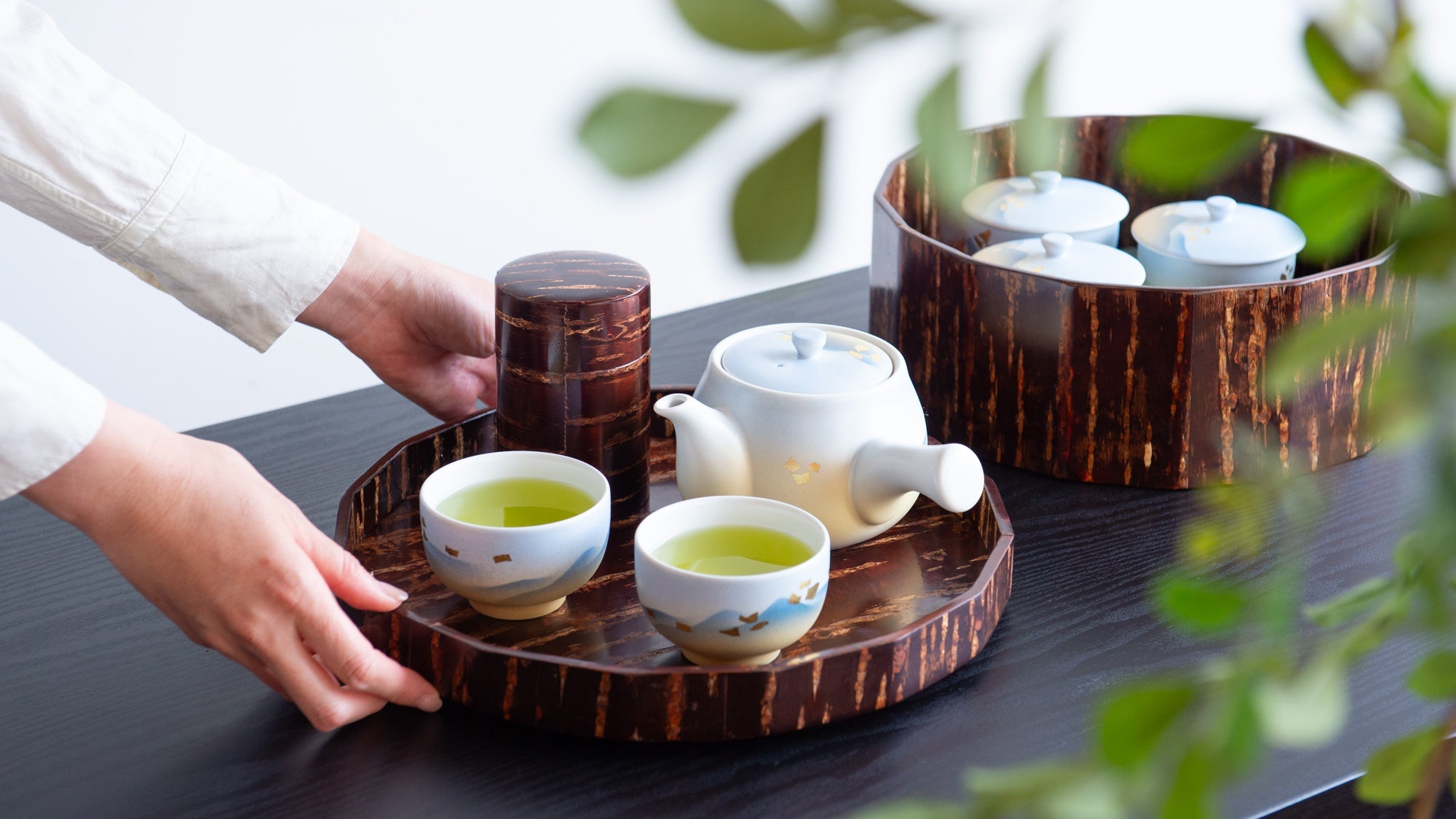
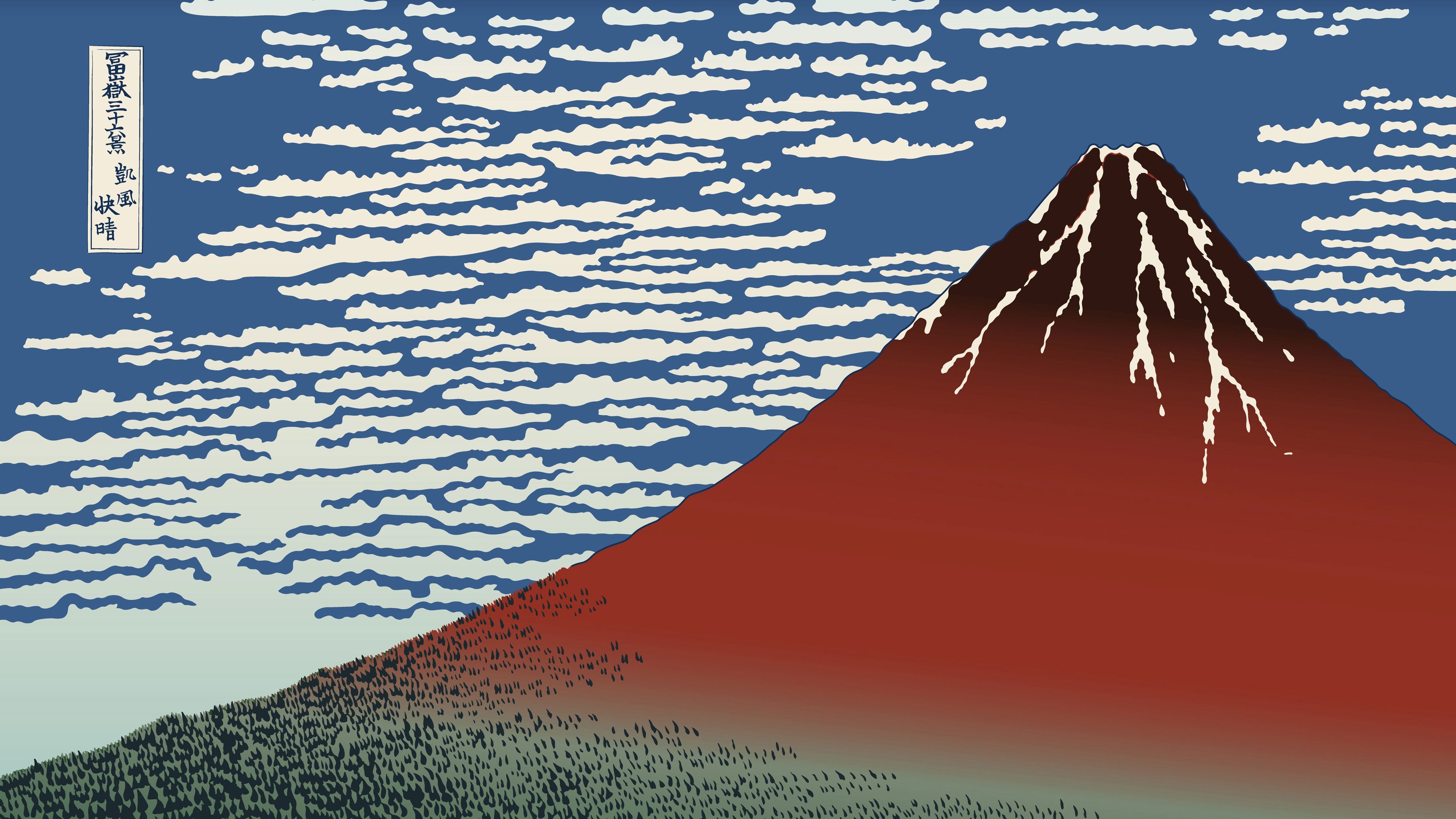
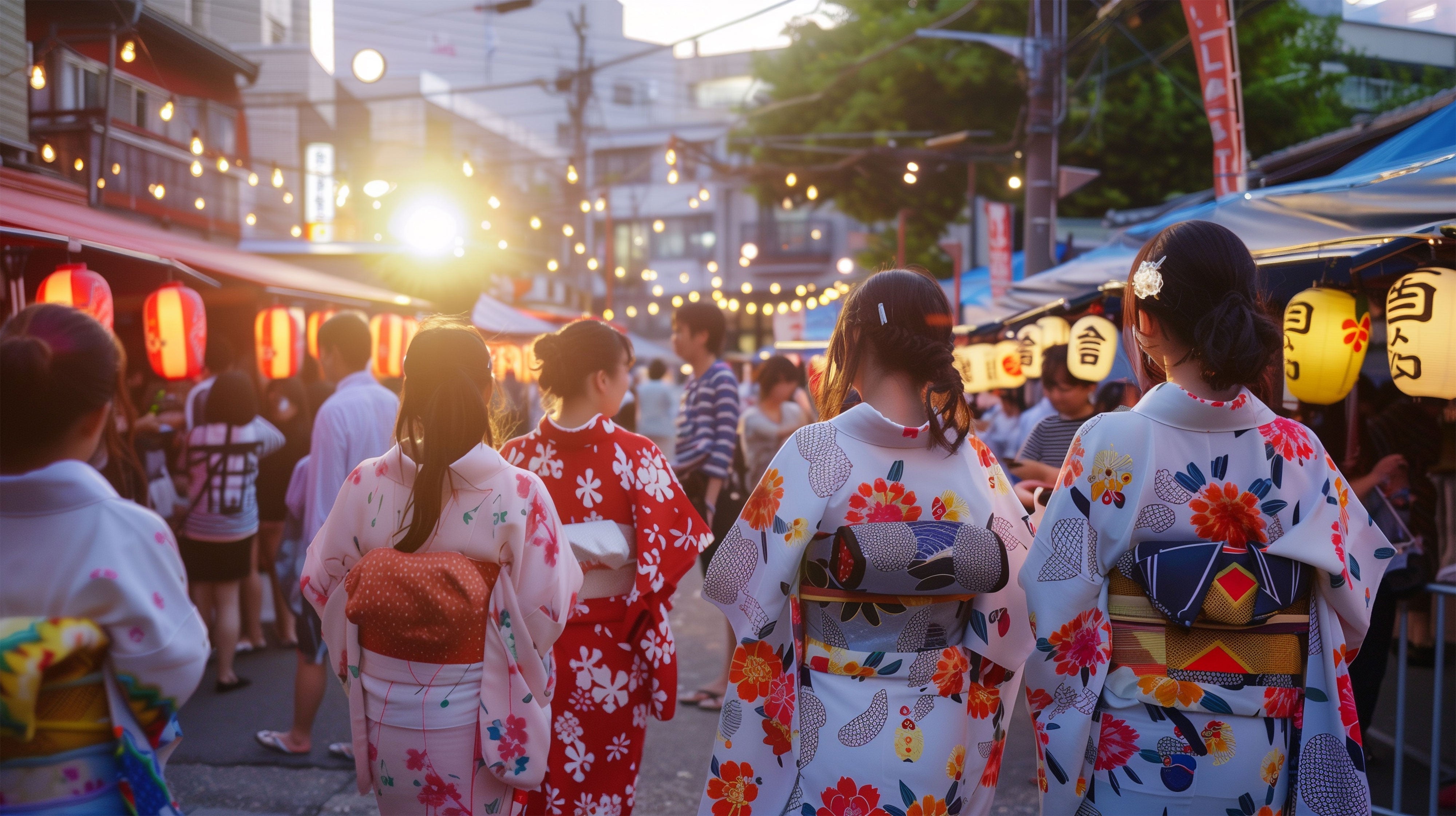

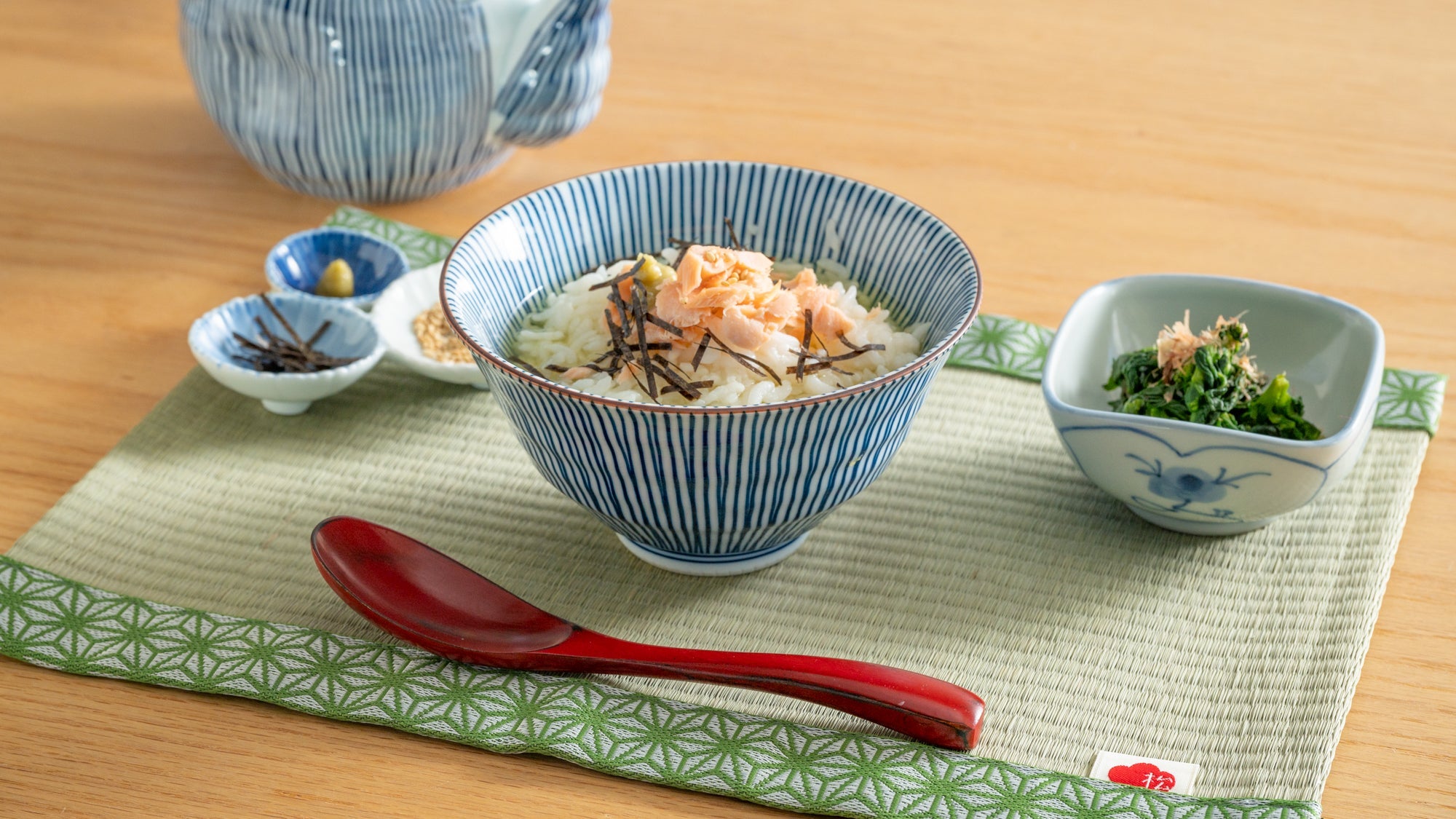
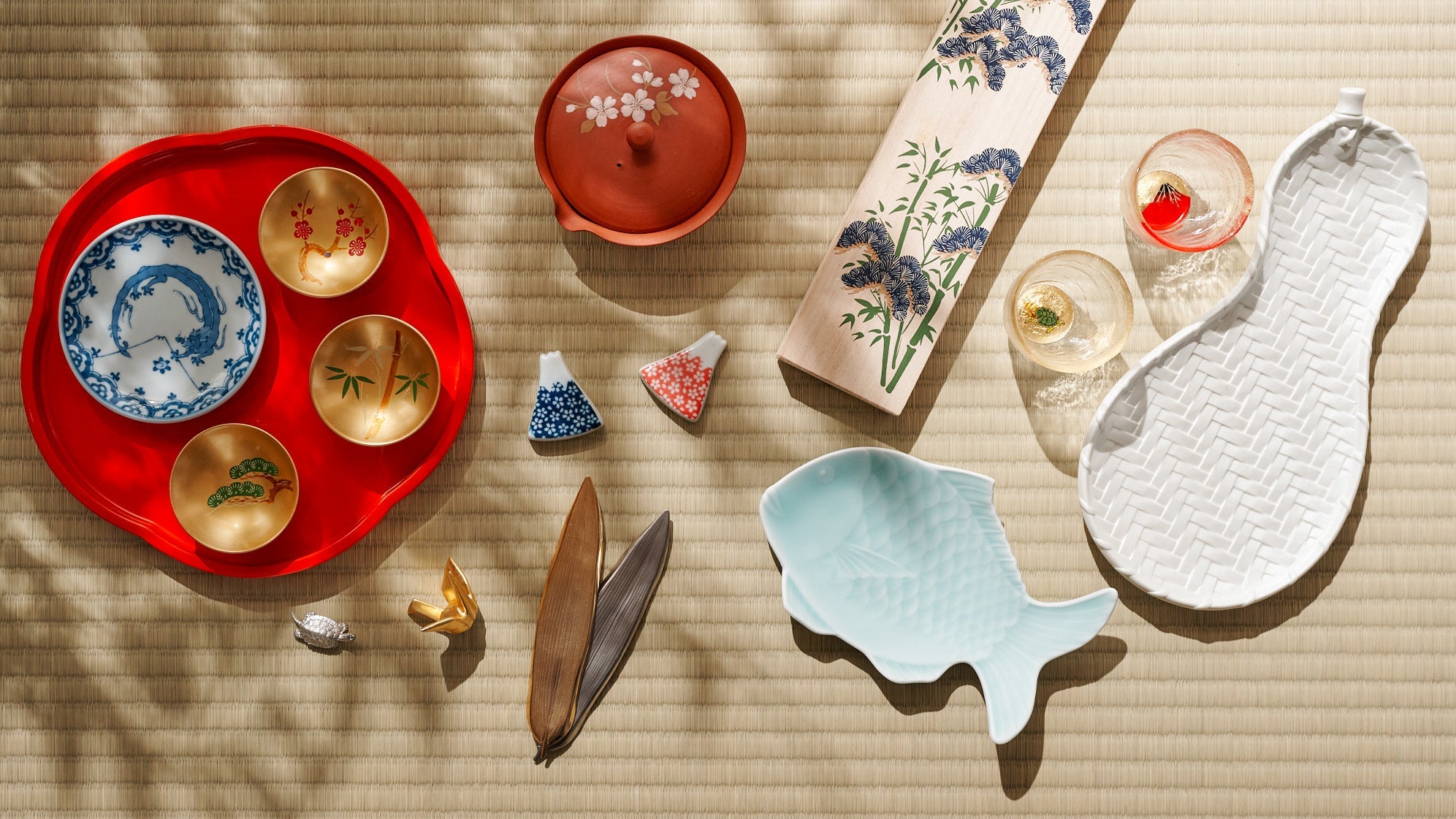
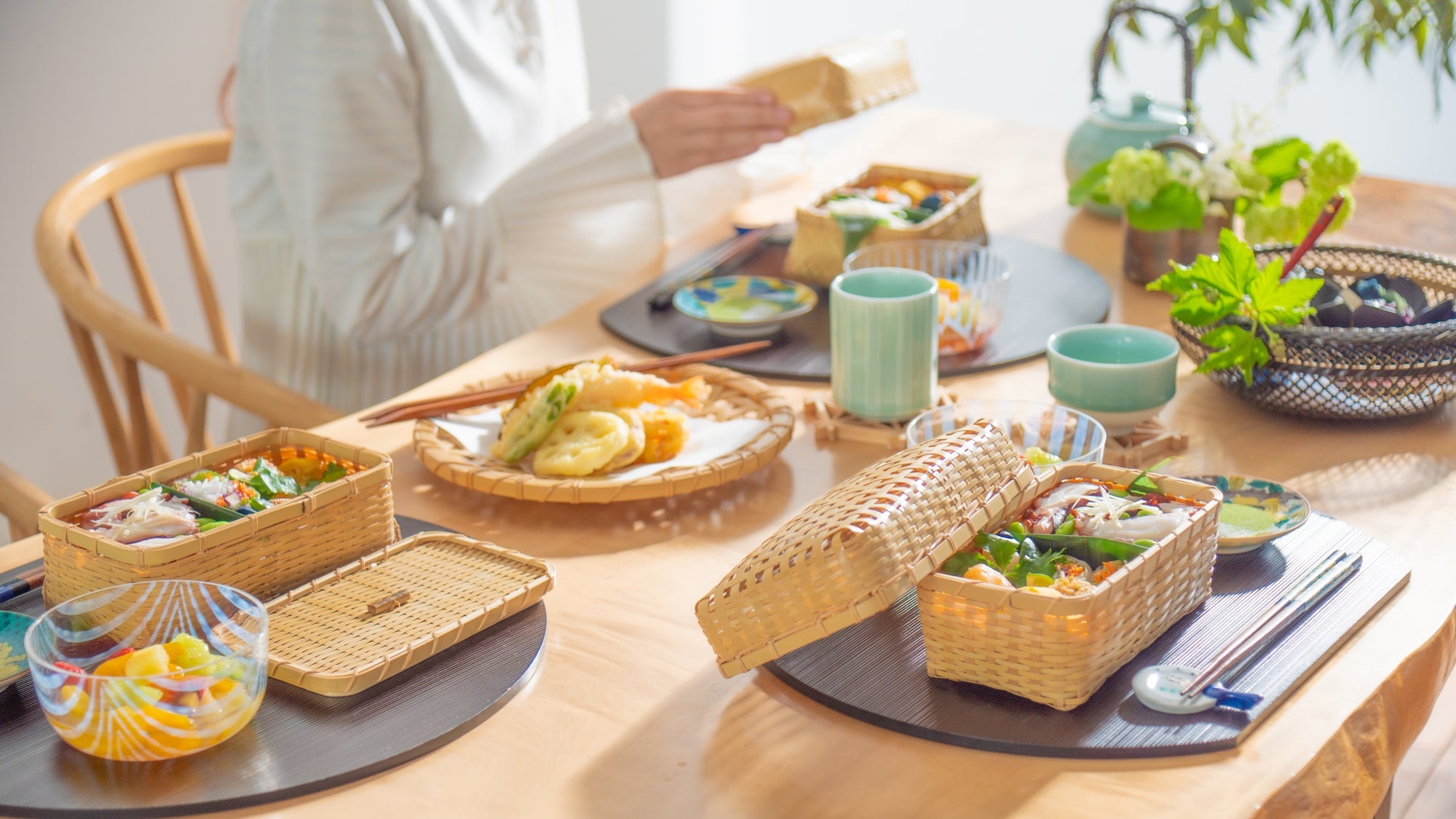
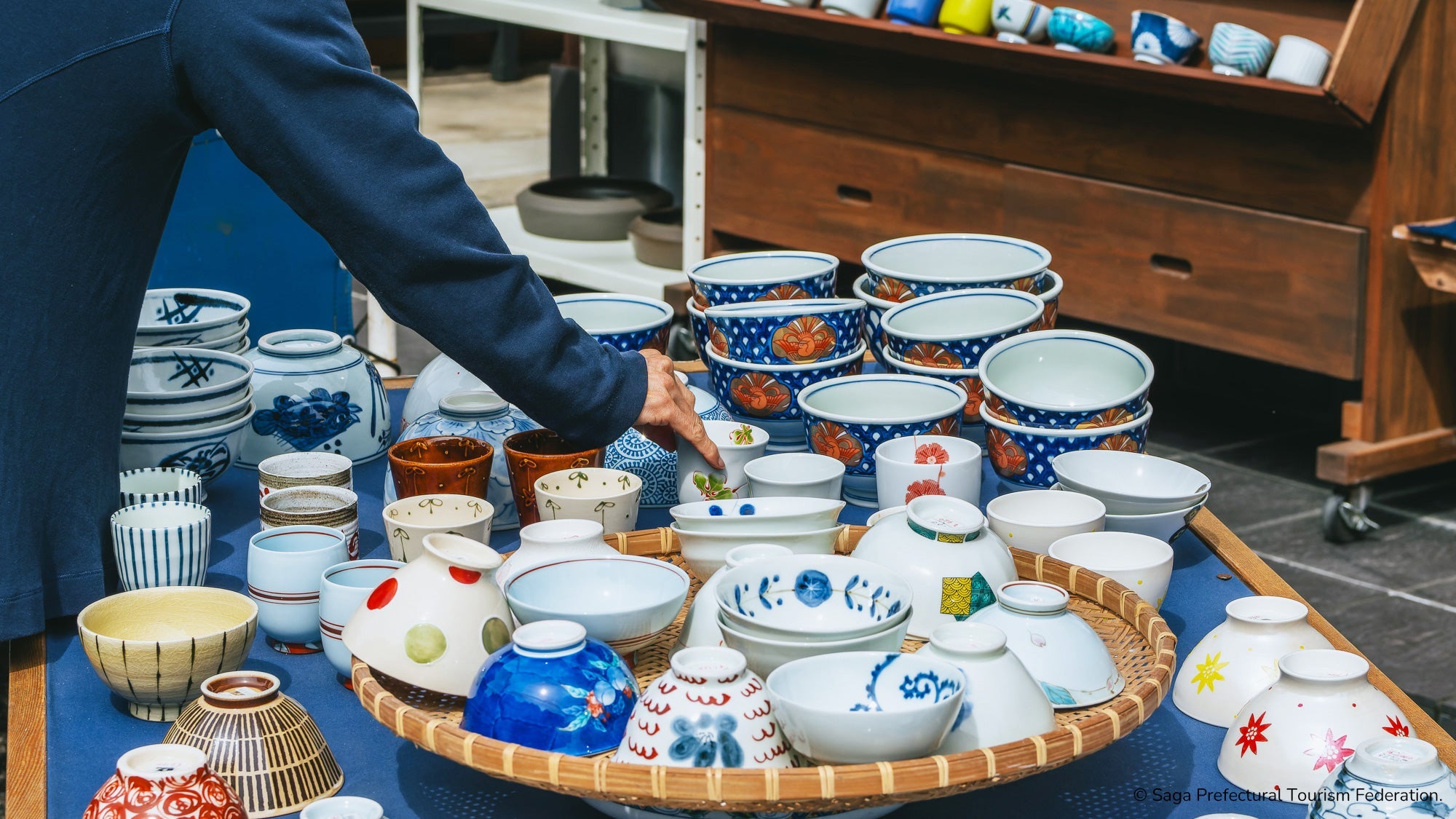
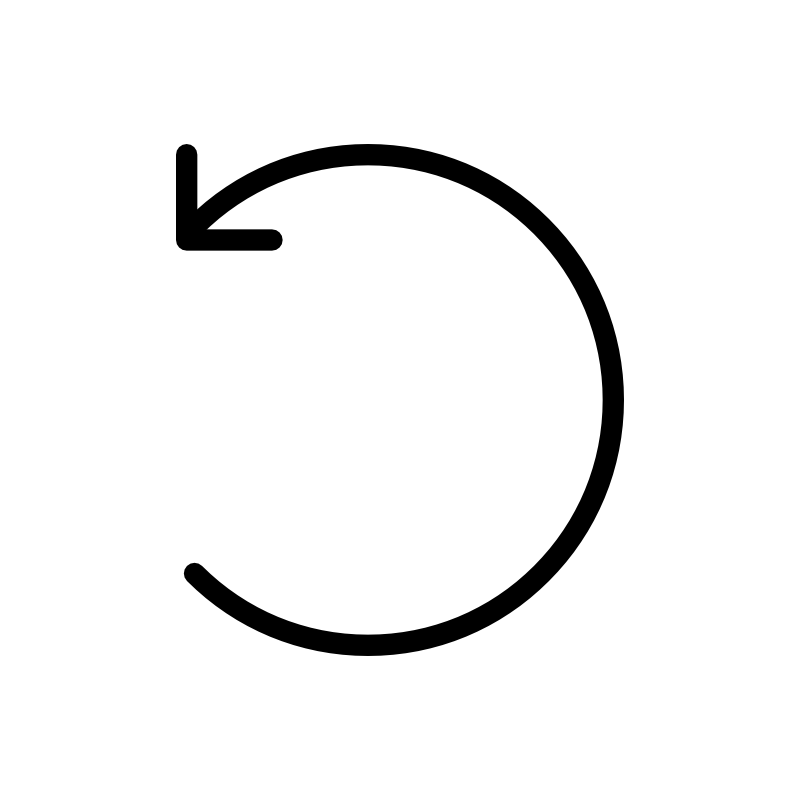
Leave a comment
This site is protected by hCaptcha and the hCaptcha Privacy Policy and Terms of Service apply.